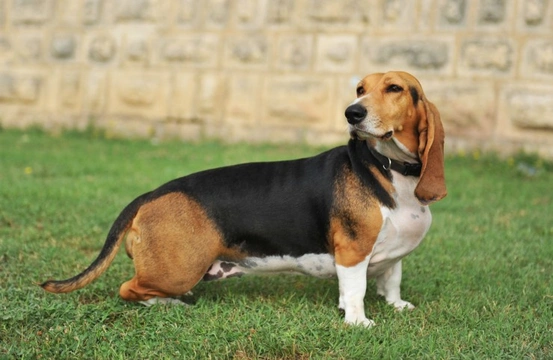
BVA/KC/ISDS Gonioscopy testing for dogs
When it comes to pedigree dog breeds, pretty much every breed in the UK has a hereditary predisposition to certain health conditions that can either be inherited genetically, or occur due to the unique conformation of the breed when overtyped or exaggerated.
For virtually every breed-specific hereditary health condition recognised in dogs, there is a specific DNA test that can be performed to identify the dog’s status, which is useful both in order to let you know what you can expect from the dog’s health in that respect, and also, is essential for breeders when trying to ensure a healthy litter.
However, there are certain health problems in dogs that are either not hereditary, or that cannot be determined by means of DNA testing, and some of these conditions can pose a significant risk to the overall health of dogs of the breed in question.
One of these conditions is glaucoma, a condition that affects the eyes-and whilst there is a large-scale eye screening scheme for dogs that is performed by means of eye examination and that can detect a wide number of potential or early-stage eye problems, glaucoma is not one of them. This scheme is overseen jointly by The Kennel Club, British Veterinary Association and the International Sheepdog Society.
However, glaucoma is widely enough spread within the UK dog population that a specific examination and eye test can be performed alongside of or in place of the eye scheme, and this is recommended for dogs that are considered to be at risk of potential glaucoma development.
In this article, we will look at the British Veterinary Association/Kennel Club/International Sheepdog Society’s gonioscopy (glaucoma screening) scheme for dogs in more detail, including how screening is performed and what it can tell you. Read on to learn more.
What is glaucoma?
Glaucoma is a condition that affects the eyes, and that occurs when the pressure in the eye exceeds healthy norms, which can be caused by a range of problems generally related to the build-up of fluid in the eye and an inability to drain this fluid normally. This can be caused by a hereditary predisposition to the condition, the conformation of the eye, damage, or various other causes.
As such, glaucoma is not so much one specific condition as several, all of which have the same end result, including loss of vision and in some cases, accompanying pain.
What is a gonioscopy?
A gonioscopy is a specific form of eye examination that does not fall under the remit of the BVA/KC/ICDS eye scheme for dogs, and is specifically designed to detect glaucoma in the making, or the dog’s predisposition to develop glaucoma later on in life.
However, just because a dog does not display any symptoms of glaucoma during one examination, this does not necessarily mean that they will not develop the condition later on, and so the gonioscopy should be performed approximately every three years in dogs considered to be at risk of the condition.
How do dogs get glaucoma?
There are a whole range of different ways in which dogs can develop glaucoma, including due to their conformation or because of an injury that affects the eyes. However, primary glaucoma (one of the many variants of the condition) is hereditary, and so a history of glaucoma within any given dog’s breed line can indicate potentially higher than usual risk factors.
In the case of primary glaucoma, dogs can inherit the condition by means of autosomal recessive heredity, which means that the combination of genes inherited from both sides of the bloodline is what determines the dog’s status. The heredity of the condition can be outlined as follows:
- Two clear dogs will have a clear litter.
- Two affected dogs will have an affected litter.
- Two carriers will produce a mixed litter of 50% carriers, 25% affected and 25% clear.
- A carrier and a clear dog will produce 50% carriers and 50% clear.
- A carrier and an affected dog will produce 50% carriers and 50% affected.
- A clear dog and an affected dog will produce a litter of carriers.
What sort of dogs should be tested?
If your dog of any breed or type has a bloodline with ancestors that were diagnosed with glaucoma, it is a good idea to have them tested every few years in order to identify any potential problems early on. However, The Kennel Club advises gonioscopy testing for the following breeds, which are considered to be at higher risk of primary glaucoma than others:
- Bassett
- Beagle
- Norwegian Elkhound
- Basset Favre de Bretagne
- Japanese Shiba Inu
How to get your dog tested
In order to get a gonioscopy performed on your dog, you will need to find a veterinary ophthalmologist in your local area that is qualified to perform the procedure, and that can test your dog’s eyes and interpret the results.
As mentioned, dogs should be tested around every three years, in order to identify potential risk factors as soon as they develop.



